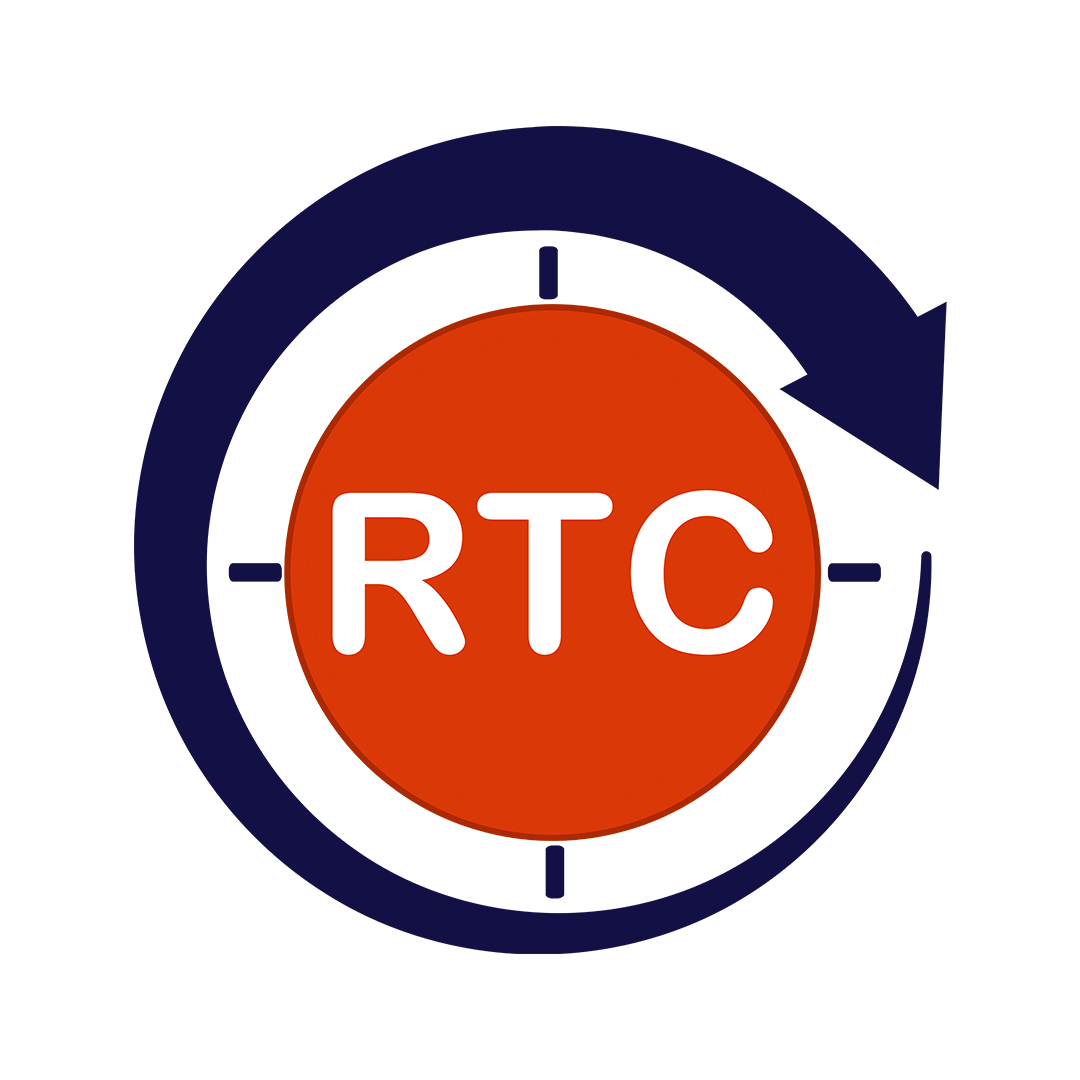Creating inclusive digital experiences isn’t just a legal requirement; it’s a moral and strategic business imperative. With over one billion people globally living with some form of disability, accessible websites and applications ensure equal participation and access for all users. Yet, many digital platforms still fall short of meeting accessibility standards, often unintentionally.
In this blog, we will explore the most frequent accessibility issues encountered on websites and mobile applications, along with actionable steps to resolve them. Whether you’re a designer, developer, or QA professional, understanding these challenges will help build more inclusive digital products.
Table of Contents
ToggleMissing or Inaccurate Alternative Text
Alternative text (alt text) is essential for screen reader users to understand the context of images. Many websites either miss this attribute entirely or use vague descriptions, making the content inaccessible.
The Solution
Add descriptive and concise alt text for every meaningful image.
Decorative images should have empty alt attributes (alt=””).
Use automated tools like Axe or WAVE to detect missing alt text.
Proper use of alt text improves both accessibility and SEO.
Poor Color Contrast
Text with insufficient contrast against background colors can be unreadable for users with visual impairments or color blindness.
The Solution
Ensure that text meets WCAG minimum contrast requirements—at least a 4.5:1 ratio for normal text and 3:1 for large-scale text—to improve readability for users with visual impairments or color blindness.
Use contrast-checking tools to evaluate UI components.
Avoid using color alone to convey information.
Enhancing color contrast improves readability for all users.
Keyboard Navigation Failures
Many users depend solely on keyboards for navigating digital interfaces. Design all interactive elements to be accessible via keyboard and ensure users can navigate seamlessly without a mouse. If interactive elements like menus, modals, and buttons are not keyboard-accessible, the experience becomes frustrating or unusable.
The Solution
Ensure all functionality can be accessed using the Tab, Enter, and Arrow keys.
Establish a predictable and logical tab order across all pages. Include clearly visible focus indicators to help users track their position as they navigate through content using the Tab key.
Test navigation with only a keyboard to identify problem areas.
Good keyboard support is a cornerstone of inclusive design.
Lack of Screen Reader Compatibility
Content that isn’t compatible with screen readers leaves visually impaired users unable to access critical information. Common issues include unlabeled buttons, missing landmarks, and dynamic content that isn’t announced.
The Solution
Employ semantic HTML elements such as <nav>, <main>, and <header> to enhance the document structure and improve compatibility with assistive technologies like screen readers.
Provide ARIA (Accessible Rich Internet Applications) labels and roles when needed.
Regularly test with screen readers like NVDA, JAWS, or VoiceOver.
Screen reader compatibility ensures equal access to content.
Inaccessible Forms and Input Fields
Forms are often the most interaction-heavy part of a website. Without proper labels, error messages, or focus handling, users with disabilities cannot complete tasks.
The Solution
Associate every form field with a <label>.
Provide clear and accessible error messages.
Use ARIA attributes like aria-required and aria-invalid for better feedback.
Accessible forms lead to better user experience and higher completion rates.
How Round The Clock Technologies Helps
At Round The Clock Technologies, accessibility is integrated into every stage of the digital product lifecycle. Our Accessibility Testing Services are designed to help organizations identify, fix, and prevent compliance gaps effectively.
Comprehensive Audits: Our experts conduct in-depth accessibility audits based on WCAG, ADA, and Section 508 guidelines.
Automation + Manual Testing: We combine the speed of automated tools with the depth of manual testing for accurate results.
Real User Simulations: Testing with assistive technologies ensures real-world usability.
Remediation Support: We don’t just identify issues—we guide clients through fixing them with code-level support and training.
Ongoing Compliance Monitoring: With periodic assessments and reporting, we help maintain accessibility standards over time.
Our global delivery model ensures that clients receive round-the-clock support, wherever they operate.
Conclusion
Accessibility is not a one-time checklist but a continuous commitment to inclusion. Addressing common accessibility issues like poor contrast, missing alt text, and screen reader incompatibility can significantly enhance digital experiences for all users.
Organizations that prioritize accessibility not only meet compliance requirements but also unlock greater market reach and brand loyalty. Partnering with experts like Round The Clock Technologies ensures that accessibility becomes a natural part of your digital strategy.
Explore our Accessibility Testing Services or Connect with Our Experts to learn how we can help make your platforms truly inclusive.

